Market Readiness Levels: Product Development Metrics for Investment and Deployment Decision Making
NASA’s Technology Readiness Levels are a core tool for the space sector when evaluating the maturity of a technology development effort. The growth over the past decade in the commercial space sector has illustrated a need for an equivalent metric for the commercial viability of that technology and the company developing it.
At Starbridge we spend a great deal of our due diligence time evaluating a company’s product/market fit and the value network that they are embedded in. In discussions with others around the industry there appeared to be a desire for the equivalent of a TRL but for whether a product was ‘market ready’. After reviewing the literature, we decided to synthesize the literature, into something we call a Market Readiness Level (MRL). We drew significantly from the Lean Startup methodology developed by Eric Reis and Steve Blank but with input from the other efforts. One crucial difference is that, while a technology development process should rarely move backward, a product development process should routinely iterate between Levels as it learns more about a customer and the larger market.
This table is a summary of each level and the exit criteria necessary to move to the next level. The full paper with important details on what each Level means and how to cycle between Levels is below.
MRL | Description | Exit Criteria |
0 | Perceived Need | Documentation of conversations, existing market research, and rough outlines of the problem |
1 | Notional Value Proposition | At least one draft value proposition statement |
2 | Notional Customer Characterisation | Business Model Canvas with the right side completed and potential customers identified to validate the value proposition and the canvas |
3 | Customer Discovery | A Business Model Canvas with the entire right side validated from customer feedback plus documented interviews of potential customers with the goal of understanding their view of the problem, solutions they may have tried previously, underlying assumptions surrounding the problem, the potential value of a solution without identifying your specific solution, and the financial value of having the problem solved. |
4 | Low-Fi MVP Design | A low fidelity MVP, metrics to quantify how well the Canvas and previous hypotheses match actual customer usage, and a set of diverse customers large enough to be statistically significant |
5 | Low-Fi MVP Campaign | Usage metrics and all feedback from customers and stakeholders |
6 | Revalidate Solution and Model | A fully validated Canvas and all resources necessary to build and test a Hi-Fi MVP. |
7 | High Fidelity MVP Campaign | Data, customer feedback, and metrics |
8 | Validate Model With MVP Results | A fully validated and documented Business Model Canvas |
9 | Go To Market Decision | A yes or no decision to launch |
